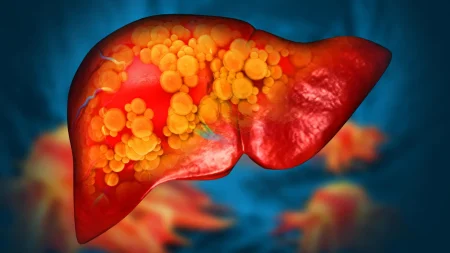The age at which children receive their first smartphone is a topic of concern for many parents due to the risks associated with smartphone usage. Studies show that by the age of 13 to 14, all students in the first year of compulsory secondary education already own a mobile phone. To delve deeper into the digital ecosystem of children, the UPV/EHU Weablearner research team decided to study children aged 11 to 12 in the last year of primary school to understand the devices they use and their purposes.
The act of gifting a smartphone to children at this age has become a significant milestone, marking the transition into adolescence and granting access to social media. Eneko Tejada, the researcher, highlighted the importance of exploring the situation to address concerns and develop a better understanding of children’s digital interactions. The study involved 356 students from six public vocational training schools, revealing that two out of three students own a mobile phone, with some having it before the start of the school year.
The research highlighted that smartphones are primarily used by children to communicate with family and friends and to engage in social media. However, it was noted that social media platforms are not the main focus for 11- to -12-year-olds, who prefer watching videos, particularly on YouTube. The data showed minimal activity on platforms like Instagram and TikTok, with most children consuming content rather than actively engaging on these platforms.
Gender differences were observed in smartphone usage, with girls leaning towards watching videos while boys gravitate towards playing video games. Although the study identified few risk factors, researchers emphasize the importance of exercising caution and developing strategic plans to promote safe and responsible use of the internet, social media, and video games. Families are encouraged to set guidelines to help determine the appropriate age for children to receive a smartphone, considering the potential impact on their digital interactions and behaviors.












